Celebrating 235 years of our unique market

ENDURING PART OF CORK: The interior of Cork’s English Market, looking towards Grand Parade, in 1958. The English Market was founded in 1788 and has changed along with the city and its inhabitants
“Manifestly, one does not treat a meat market in quite the same fashion as a thoroughfare where statesmen trod and orated, or places which saw military history in the making. The Market, however, has seen history of a different type…”
So begins an article in this very paper on April 2, 1958. It is true indeed, that The English Market in Cork city has stood sentry for 235 years of history.
In the year of its establishment, 1788, the U.S ratified its constitution and the British Parliament abolished slavery.
Through war and famine, the introduction of trains, cars and electrification, to the present-day bustle of a vibrant modern city, the iconic covered market of Cork has been an ever-present landmark for Corkonians, undeniably a witness to change and yet reassuringly familiar to many as ‘their market’.
Leading culinary historian at UCC, Regina Sexton, has both a personal and professional connection to The English Market. She grew up visiting it with her mother regularly, and today, as well as continuing to be a faithful customer, it is also a “living classroom” where she imparts historical lessons to her students on Cork’s distinct food culture and identity.
This month marks the Market’s 235th birthday, coinciding with Cork on a Fork Fest, and for which Regina will be hosting her special English Market Tour & Tasting at the Farmgate Café on Friday, August 16.
I asked Regina what makes this tour of The English Market different to other market tours, and of her fascination for the space, its food, traders and their stories…
“I take more of an in-depth historical and cultural look at the market, how it came about and what it means for the cultural perspective of the city - what makes it very special for Cork,” she said. “I take food as the open door to investigate deeper issues of culture.
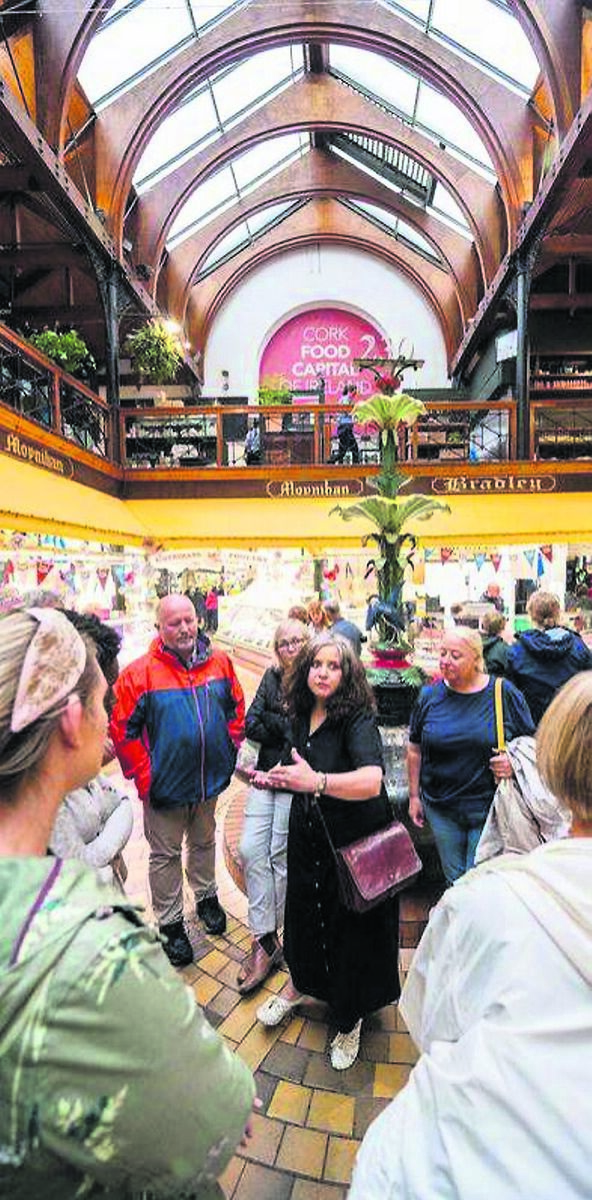
“It’s a holistic view; the whole exposition of culture through a food frame - food, people, location, history, continuity. All those factors play into the way we experience the Market and how I give insights from different perspectives. We look at food to draw out a much bigger story.”
Because the market is an active place of trade, that story of continuity as a purveyor of food for the people of the city can sometimes be forgotten in the rush to pick up something for dinner.
“The story [of the Market] starts from a surface level of a retail space that sells food with a particular profile and environment associated with Cork,” said Regina.
“Then I dig into those aspects of the Market, into different levels of complexity, fascination and interest. So, there’s a [layering] to the story I tell about the Market in the tour that’s very different.”
“We connect stories to all sorts of things; there’s a very strong historical thread going through it; a very strong heritage and contemporary thread going through it. It’s a very dense tour, which is why it’s good to have small groups and take our time digging around in all the stories.
“Bringing that together makes a very rich food cross-section for culture for Ireland and the wider world.”
Those stories culminate is a seated tasting in the Farmgate Café, where guests connect their own personal experiences with those of the traders below.
“At the simplest level, tasting adds a sensory perspective,” explained Regina. “It’s one thing looking at food and telling people the story of individual ingredients or products and why they’re important, but to taste gives another aspect, like a sensory history through time.”
When sitting down to eat, we relax and open up, sharing more of ourselves through stories and experiences triggered by a reconnection with a taste memory long forgotten.
“People need time to let the information seep in, then they start to make connections in their own head.
“It might remind them of something, they’re connecting in a sensory way with the food, and putting themselves into the story. It creates their own personal take and connection with the tour.”
The tour is a chance for Regina to merge her personal passion and professional interest into one experience to share with others.
Of her own memories, Regina says that she owes much to her mother’s faithfulness to the Market throughout her childhood.
“My mother shopped in the Market several times a week and I was part of those excursions, so I grew up there,” said Regina.
“It’s second nature to me, but that also gives me the opportunity to see the changes that have come about in my lifetime.
“I know it really well, so I feel like I’m part of the Market too - as does a whole other part of the population of Cork who feel they are also part of the Market. Which they are and that’s what makes it so brilliant.
“I love going through the Market because I always see something new. That’s part of the charm about it; you go in because it’s a familiar place, you feel at home there and recognise people, but there’s always something new about the Market.
“That’s the essence of what makes it so special - it’s dynamism and that it’s living and changing organically.”
“I also use it as a space for teaching some of my students because it has a strong local, regional accent. It’s something that’s special for the island of Ireland - a covered market with continuous trading since the 18th century. It’s a historical gem for the city, and great to point out aspects of tradition, heritage, food systems, and changes in food systems over time and people can see this in action and practice.”
“An hour’s tour of the Market with students is invaluable because there is so much rich information communicated. It’s not just the physical space, but the historical space and a space for people and activity. It’s like a living classroom.”
The English Market has told and continues to tell the story of Cork through the people who trade and use it, and the foods bought and sold there for 235 years. Its importance in signposting a food culture for the city is not overstated.
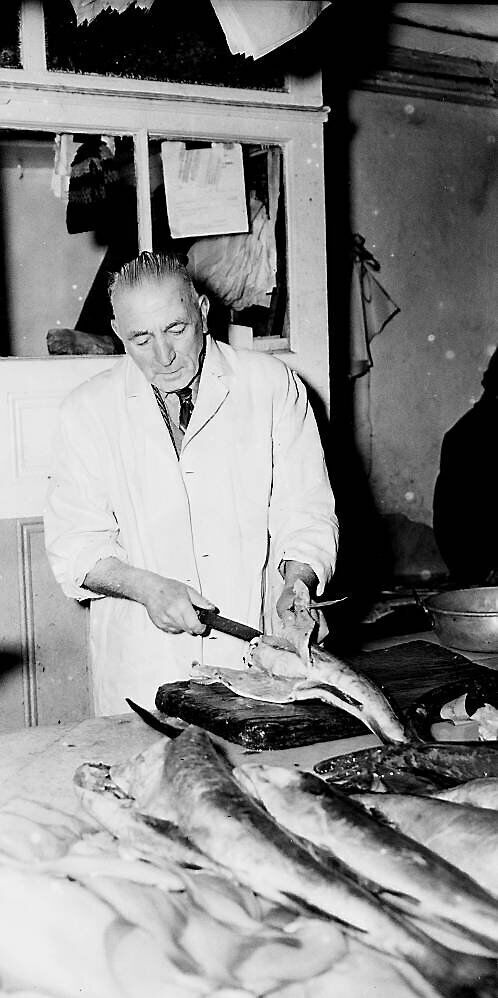
“When the Market was first set up in the late 18th century, it was first and foremost a meat market,” said Regina.
“That goes to the very heart of the history of Cork and the provisioning trade, and the residue of that industry is in the tripe and drisheen stalls and all the offal markets still operating,” says Regina.
“Fish Aisle is particularly interesting, and we maybe underestimate just how spectacular it is relative to the fish areas in supermarkets which are very small.
“It’s extraordinary, and of course fish pins itself onto the story of Cork’s connection to the coast and fishing industry.”
“Those are the two big things in the Market: fish and meat, and they connect to very big looming important cultural aspects of food identity in Ireland.
“Cork, as a city, has taken on a modern-day persona and profile, but the meat and fish are really good points of continuity.”
These days, tripe and drisheen and bodice are sold alongside flat whites and poke bowls. The Market continues to evolve and adapt to changing tastes of its customers, but what of those very traditional Cork foods - how will they fair as the Market moves along with the times?
“There has always been new and old in the Market because change is a constant feature of life and a very big feature of food culture because people’s food habits, behaviours and choices constantly change,” said Regina.
“We might be seeing more rapid change in recent times in the Market, but that’s what makes it so fascinating because you see people and their behaviours represented with food.”
“Ultimately, older food traditions will either die out or be adapted. Take offal items for sale in the Market - there is still a very good offering for sale and display of offal items which you won’t find in other retail outlets in other parts of Cork or the country.”
“That tradition survives; whether it continues is questionable, but you must accommodate the unpredictable in change. Who is buying those offal items now? It might be a different demographic or consumers who are newcomers to Ireland, such as immigrant groups.
“Their food tastes, preferences and demands are keeping food traditions alive and modifying traditions to some extent.”
“You could make a very general statement that all offal will die out but then you get this incursion into culture, like immigration, that gives rise to a whole other complexity of food culture you see in the Market,” added Regina.
“Sales for things like oxtails, dried and salted fish have increased over recent years because it’s now being bought and consumed by immigrant groups.
“These unexpected things interrupt that linear of decline and disappearance. Change is always a constant, but you can’t predict the twists and turns because it is an unpredictable thing. All of that is playing out in the Market.”
As both a place to shop and as her living classroom, I ask Regina if she is able to pick a favourite stall or tastes of The English Market.
“I have different favourites depending on the story they tell. But for the continuation of tradition, my favourite stall is Pauline Noonan. I enjoy My Goodness for all the spectacular work they do with fermentation.
“Another favourite - and this is a little unfaithful to Irish food culture - is the boudin noir sold from On The Pig’s Back. My other favourite is Hederman’s Smoked Mussels.”
Bodice, sauerkraut, blood pudding and smoked mussels - doesn’t that perfectly illustrate the cornucopia of variety that is The English Market?
“I think people do recognise the Market as a cultural gem for Cork city, but to ensure its continuity it is important for us recognise that and to continue to support it as customers and consumer,” said Regina.
The English Market History Tour & Tasting at The Farmgate Café takes place during Cork on a Fork Fest, on Friday, August 16, 2.30pm. Limited spaces, pre-booking essential. Tickets via www.corkcity.ie/en/cork-on-a-fork-fest
Regina Sexton is Programme Manager for UCC’s MA in Irish Food Studies and Foodways.
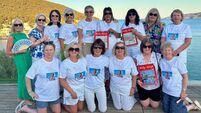
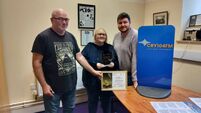
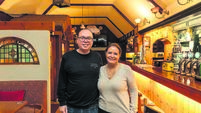
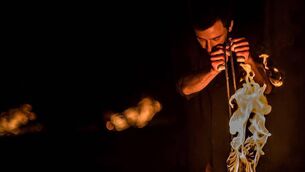



 App?
App?





